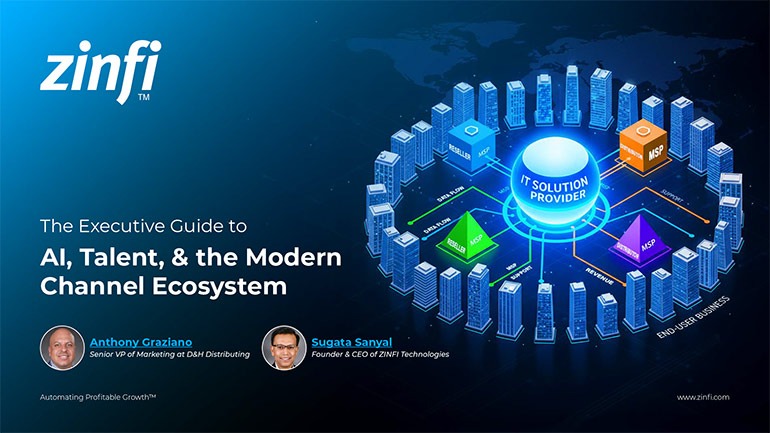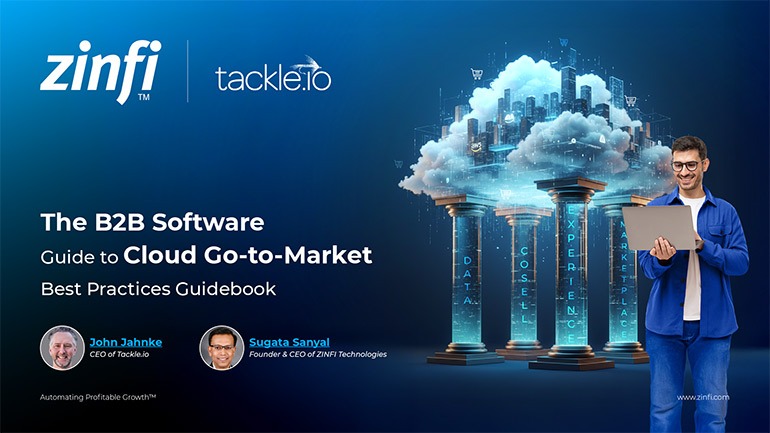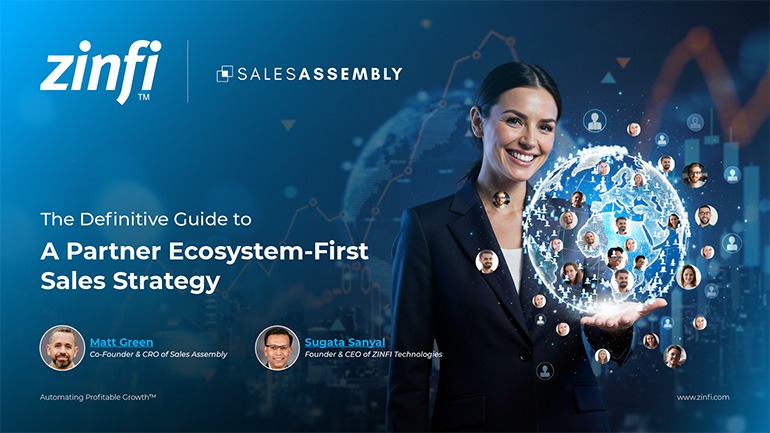Glossary - How to - MDF Marketing Strategies
How to Implement Effective MDF Marketing Strategies?
Introduction
Marketing Development Funds (MDF) are financial resources for channel partners to support co-branded marketing activities. These funds help partners generate demand, enhance brand awareness, and drive revenue growth. MDF is a critical component of Partner Relationship Management (PRM) strategies, as it enables businesses to scale their marketing efforts without incurring significant out-of-pocket expenses.
In partner management automation, MDF streamlines marketing investments and tracking performance. Automated MDF platforms allow vendors and partners to manage fund allocations, approvals, and ROI measurement more effectively, ensuring every dollar spent leads to improved partner engagement and higher marketing efficiency.
Key Takeaways:
Define Clear MDF Objectives:
To maximize MDF investments, vendors and partners must establish clear objectives. These objectives should align with overall business goals, including brand awareness, lead generation, and sales growth. Setting well-defined Key Performance Indicators (KPIs) ensures measurable results and accountability.
- Identify specific marketing goals (e.g., increase website traffic, improve conversion rates).
- Align MDF initiatives with sales and marketing strategies.
- Ensure transparency in fund allocation and usage.
Establish a Transparent MDF Approval Process:
An automated MDF approval process simplifies fund distribution and enhances compliance. Vendors should implement a structured approval framework that ensures fair allocation of resources.
- Use PRM software to manage MDF requests and approvals.
- Set clear eligibility criteria for partners.
- Establish a review and feedback loop for better fund utilization.
Optimize Fund Utilization with Data-Driven Insights:
Tracking and analyzing MDF performance is crucial to improving fund utilization. Vendors should leverage data-driven insights to assess campaign effectiveness and make informed funding decisions.
- Utilize analytics to measure the ROI of MDF programs.
- Adjust funding allocations based on performance metrics.
- Encourage partners to submit detailed reports on fund usage and campaign outcomes.
Encourage Partner Co-Marketing Activities:
Co-marketing initiatives help amplify brand reach and increase customer engagement. MDF allocation should be strategic to support joint marketing efforts, such as webinars, digital advertising, and content creation.
- Provide templates and guidelines for co-branded marketing materials.
- Support partners in executing multi-channel marketing campaigns.
- Invest in localized marketing strategies to enhance regional reach.
Ensure Compliance and Fraud Prevention:
To prevent misuse of MDF, vendors must establish strict compliance measures and auditing procedures, including monitoring fund usage, verifying invoices, and ensuring adherence to marketing guidelines.
- Implement automated tracking systems for MDF claims.
- Require documentation and proof of performance from partners.
- Conduct periodic audits to prevent fraudulent claims.
Summary of Key Takeaways:
Effective MDF marketing strategies require clear objectives, a transparent approval process, data-driven decision-making, collaborative marketing efforts, and strict compliance measures. Automating MDF management through PRM software enhances efficiency, ensures accountability, and maximizes ROI for both vendors and partners.
Key Examples:
- Automotive Manufacturing: MDF funds in the automotive industry support dealership co-branded advertising, event sponsorships, and digital promotions. Vendors use MDF to help dealers launch targeted marketing campaigns that drive showroom traffic and boost vehicle sales.
- Consumer Electronics: Consumer electronics brands leverage MDF to fund influencer collaborations, online advertisements, and product launch campaigns. These initiatives help increase product visibility and attract tech-savvy consumers.
- Energy Production: In the energy sector, MDF funds promote sustainability initiatives, educational seminars, and industry conferences, helping partners position themselves as leaders in renewable energy solutions.
- Financial Services: MDF programs in financial services support lead generation campaigns, educational content marketing, and customer outreach initiatives. These funds help financial advisors and resellers attract new clients and strengthen their market presence.
- Food and Beverage: Food and beverage vendors use MDF to support retail promotions, social media marketing, and in-store sampling events. These strategies drive consumer engagement and increase product sales.
- Healthcare Services: Healthcare companies allocate MDF for webinars, patient education campaigns, and regional trade shows. These activities enhance brand credibility and increase awareness among medical professionals and patients.
- Information Technology: IT vendors utilize MDF for partner training programs, demand generation activities, and software solution promotions. These efforts drive customer acquisition and help partners expand their market reach.
- Pharmaceutical Development: In the pharmaceutical industry, MDF supports marketing initiatives such as medical symposium sponsorships, product awareness campaigns, and physician engagement programs. These activities help drive prescription adoption and brand trust.
- Retail Industry: Retail brands invest MDF in digital marketing, loyalty programs, and seasonal sales promotions. These funds enable retailers to increase foot traffic and drive sales growth.
- Telecommunications: Telecom providers with MDF fund channel partner training, advertising campaigns, and technology showcase events. These strategies enhance customer acquisition and service adoption.
Conclusion:
MDF marketing strategies enhance channel partner success and drive revenue growth. By defining clear objectives, establishing a transparent approval process, leveraging data-driven insights, encouraging co-marketing efforts, and ensuring compliance, vendors can maximize the impact of MDF investments.
Partner Relationship Management (PRM) automation significantly improves MDF management, ensuring seamless fund allocation, utilization tracking, and performance measurement. By implementing these best practices, businesses can strengthen partner engagement, increase brand visibility, and achieve long-term success in the channel ecosystem.
Associated Keywords:
- MDF Program Best Practices
- MDF Fund Allocation
- MDF Marketing ROI














